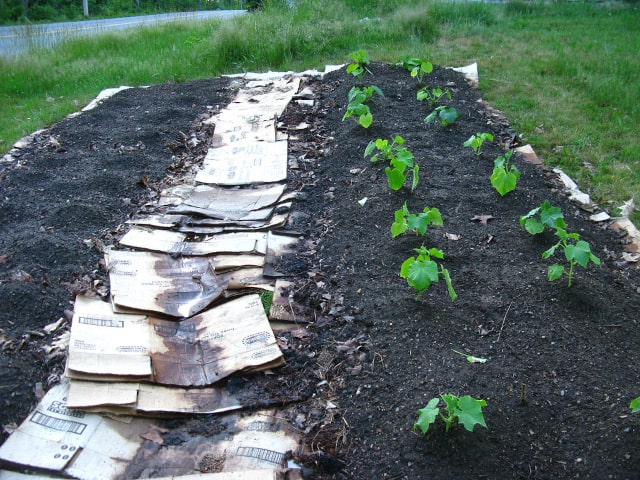
In this gardening tips article, you can going to learn the complete steps of one simple and flexible organic gardening method called lasagna gardening. You will be free from the fuss of tilling, sod removal and digging with lasagna gardening.
Lasagna gardening is being welcomed in most household all over the world due to its flexibility. The layering method used in this type of gardening helps to provide plants with ample of nutrients and will miraculously boost the productivity of your garden.
Without further talking, let Sunday Gardener show you how to create your own lasagna garden in no time.
Lasagna Gardening Step 1: Preparing the Site
Lasagna gardening does not require a big site to get started. Simply pick a small spot in your garden. You can always outline it with strings but this is not needed as the process of setting up the layers will not take a long time.
After choosing your spot for your lasagna, cover the spot with a thick layer of newspaper or cardboard. Doing so will help in the killing of weeds or turf that are found at the spot. Watering this first layer of your lasagna garden will help to hold them in place.
Lasagna Gardening Step 2: Layering
Layering forms a major part when it comes to setting or creating your lasagna garden. After putting down the thick layer of newspaper, lay down the second layer, which conforms of water-absorbent materials, for about 2 to 3 inches. One material that is commonly used for this will be peat moss.
4 to 8 inches of organic materials come next. You need to build your layers with organic materials like grass clippings and compost as this is the layer that increases the productivity of your lasagna garden. Same as the above steps, sprinkle some water over the layer after you are done.
Continue building your layer by alternating between the layering of water-absorbent materials and organic materials as shown above until the total height of your lasagna is about 17 to 25 inches.
You must sprinkle your layers with materials like wood ash and bone meal just before you start deploying the plants. Potassium and phosphorus will be two great additions to the layers. After these additions, water the the layers until they become a damp sponge.
Lasagna Gardening Step 3: Planting
Now, with your layers done, you can start planting your seeds or plants on the garden. Make a small hole that is not too big on the layer. Place your seeds and cover it up. You must water the garden throughout the whole year to maintain its productivity.
Due to the flexibility of lasagna garden, you can plant almost everything on the layers. Herbs gardening and vegetables gardening top the list when it comes to plants that are planted using the lasagna gardening method.
Conclusion on Lasagna Gardening
Although lasagna gardens are flexible in nature, it doesn't mean that you can leave your plants to grow alone. Watch out for gardening problems such as infestation of pests and changes to the degree of soil pH.
You be also ensure that the layers receive ample amount of water throughout the year. There is a saying among gardeners, "if you cannot maintain a small lasagna garden, gardening is not for you". Thus, we can always say that creating a lasagna in your garden is a great way to test your passion for gardening.
Photo credit: Ryan
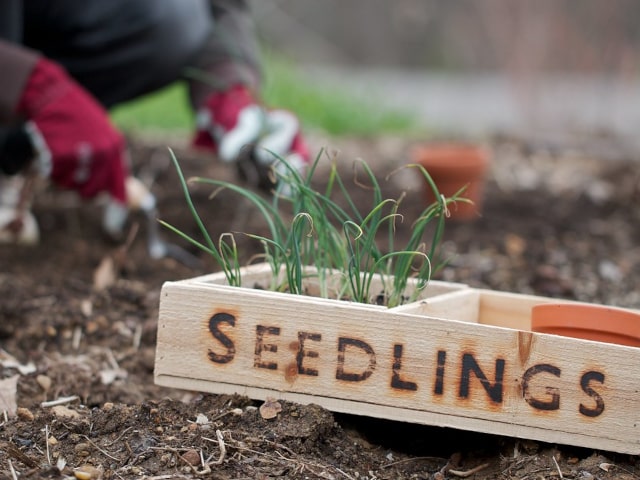
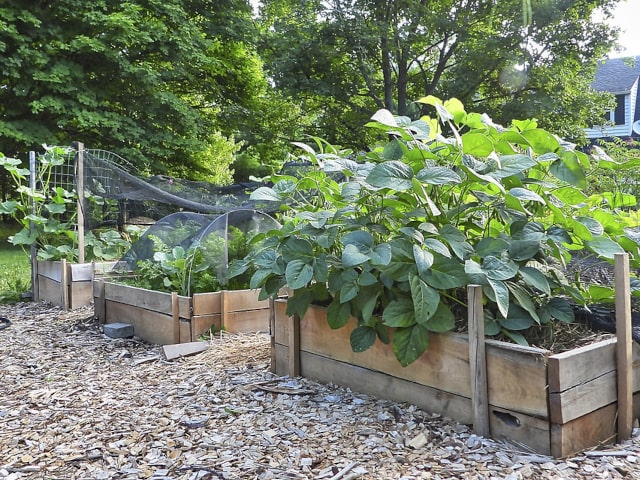
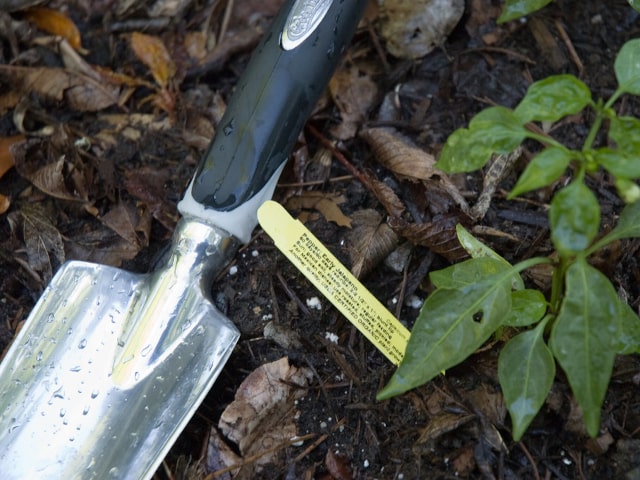
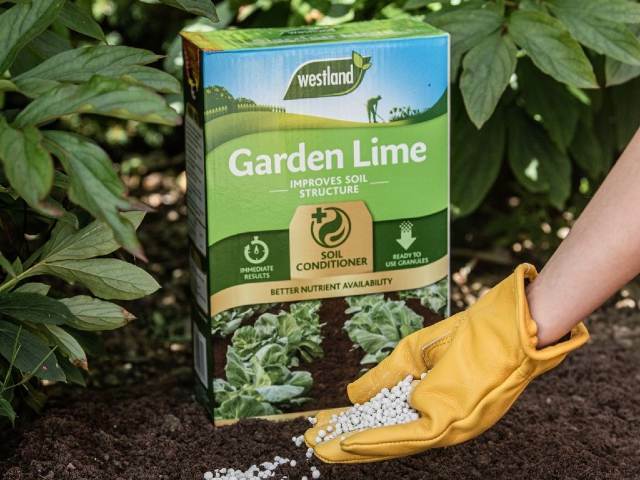
0 Comments